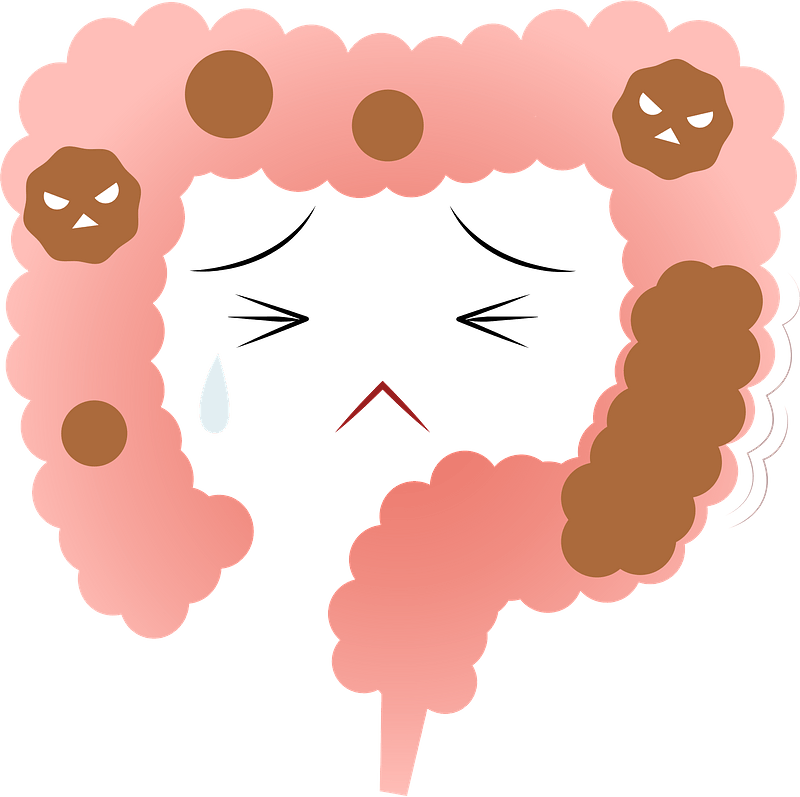Back
Visceral Mobilizations and Constipation
By Shannon Strauch, PTA, STMT-1 on 1/15/2024

Visceral mobilization is a manual therapy technique aimed at improving the mobility and function of internal organs. Constipation is a common gastrointestinal issue characterized by infrequent bowel movements, difficulty passing stools, or hard and dry stools. It can have various causes, including dietary factors, lack of physical activity, dehydration, and underlying medical conditions.
Common symptoms of constipation include:
Infrequent bowel movements:
Having fewer bowel movements than usual.Difficulty passing stools:
Straining during bowel movements.Hard stools:
Stools that are dry, lumpy, or difficult to pass.Incomplete evacuation:
Feeling that you haven't completely emptied your bowels.
Several factors can contribute to constipation, including:
Diet:
Low fiber intake or not drinking enough water.Lack of physical activity:
A sedentary lifestyle can contribute to constipation.Certain medications:
Some medications may have constipation as a side effect.Changes in routine or lifestyle:
Travel, pregnancy, aging, and other factors can impact bowel habits.Medical conditions:
Conditions such as irritable bowel syndrome (IBS), hypothyroidism, or neurological disorders can contribute to constipation.
The colon, also known as the large intestine, is a crucial part of the digestive system responsible for absorbing water and electrolytes from undigested food, forming feces, and facilitating their elimination. The colon is divided into several parts, each with its own distinct functions. Here are the main parts of the colon:
Cecum:
The cecum is the beginning of the colon, located in the lower right abdomen.
It connects to the small intestine at the ileocecal valve.
The appendix, a small pouch with no well-defined function, is attached to the cecum.
Ascending Colon:
The ascending colon travels upward on the right side of the abdomen.
It makes a turn at the hepatic flexure and continues horizontally.
Transverse Colon:
The transverse colon runs horizontally across the upper abdomen.
It turns downward at the splenic flexure.
Descending Colon:
The descending colon descends on the left side of the abdomen.
Sigmoid Colon:
The sigmoid colon is an S-shaped segment that connects the descending colon to the rectum.
It is located in the pelvis.
Rectum:
The rectum is the last portion of the large intestine.
It stores formed feces until they are ready to be eliminated.
Anal Canal:
The anal canal is the final portion of the digestive tract before the anus.
It contains two sphincters that control the release of feces.
The main function of the colon is to absorb water and electrolytes from the remaining indigestible food, turning it into solid feces. The formed feces are stored in the rectum until a bowel movement occurs.
Visceral mobilization techniques, when applied by trained healthcare professionals, may focus on releasing tension and improving mobility in the tissues surrounding the digestive organs. This could potentially influence factors such as blood flow, nerve function, and the overall functioning of the digestive system.
If you are experiencing constipation and considering visceral mobilization or any other therapy, it's crucial to consult with a qualified healthcare provider. They can assess your specific condition, provide a proper diagnosis, and recommend appropriate treatment options. Additionally, healthcare providers may consider various approaches, including lifestyle changes, dietary adjustments, and other therapeutic interventions based on the underlying cause of constipation.
Read More:
Dry Needling for C-Section Scars and Postpartum Recovery By Dr. Christine Martirez PT, DPT on 10/15/2024 Learn how dry needling can be used for c-section scars and c-section recovery How Red Light Therapy Can Be Used to Treat Pelvic Floor Dysfunctions By Dr. Christine Martirez PT, DPT on 10/15/2024 Learn about red light therapy and how it can be used to treat pelvic floor dysfunctions
Are you ready to live pain free?
Request An Appointment